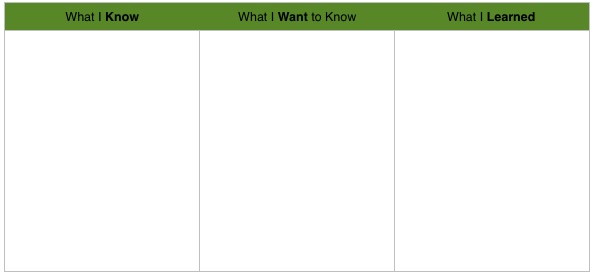The beauty of an international school setting is that a global community is already sitting in one classroom together. Students from India, Great Britain, Japan, Australia, Venezuela, China, and the United States learn side by side every day. Teaching cultural competency, however, must still be purposeful, as sometimes students trot along in daily life without developing much appreciation for the cultures of their peers. It's almost as if since virtually every child is "from somewhere else," it all blends together, and they can forget to notice all the surrounding uniqueness. They certainly peer into one another's lunch boxes (sushi, papadums, Swedish meatballs--it's all there), but there is more they can learn from each other.
I appreciated reading the richness of the global student partnerships developed in the study by Ertmer, Newby, and their colleagues, and it affirmed my belief that in my current school setting, the opportunity is there for the taking. The study states: "The success of our future graduates depends on their abilities to be both culturally and technologically competent as they work and interact with diverse, geographically dispersed people, using a variety of technology tools" (Ertmer, et al, 2011).
DuoLingo, the language learning app available for iPhone, iPod Touch, and iPad, is a beautifully designed tool teachers can use to such an end. Although I can picture many uses in a classroom, in order to facilitate peer-to-peer learning which satisfies ISTE Standard #2, I would pair upper elementary students together to tackle a new foreign language. Ideally, students could be paired with someone with a different native language, and the goal would be to encourage and help one's partner through the learning process. After a three weeks of daily practice, each team would prepare a short presentation to communicate their experience as a cross-cultural student when taught by a peer!
The app is easy to use, attractive, and can be monitored by teachers using the DuoLingo platform for schools. The screenshots below give a small taste of the app's aesthetic, as well as its instructional model. Its lessons are quick and range from introductory vocabulary to subjunctive verb conjugation. (Note: DuoLingo does not support Mandarin or Cantonese, but since Mandarin is required by all ages at our school, it seems okay to focus on other languages for this project. Plus, the goal is not fluency, it's exposure to the language and collaboration.)
As you can see, the images are quirky and mod, and using the app feels a lot like playing a game, in my experience. It has the just-can't-stop allure of Candy Crush, but with a much more noble end goal.



In ISTE Standard #2, "students use digital media and environments to communicate and work collaboratively, including at a distance, to support individual learning and contribute to the learning of others." As a classroom resource, DuoLingo could best be used when focusing in on section c of the standard, which aims to "develop cultural understanding and global awareness by engaging with learners of other cultures."
I look forward to imagining more ways to engage globally-minded learners using technology that promotes collaboration and communication. This is certainly a very fun place to start.
References
Ertmer, P. A., Newby, T. J., Yu, J. H., Liu, W., Tomory, A., Lee, Y. M., et al. (2011). Facilitating students' global perspectives: Collaborating with international partners using Web 2.0 technologies. The Internet and Higher Education, 14(4), 251–261.





